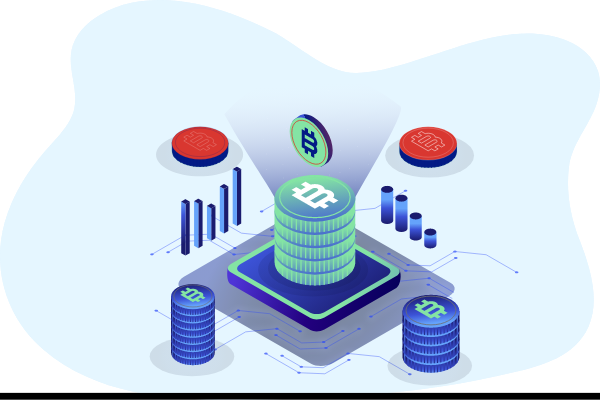Over the years, Blockchain has become a mainstream technology that aims to power apps with its decentralized nature. Cryptocurrency technology has grown immensely popular in the last few years. With its promising intrinsic properties, it has successfully built trust among the people, which has resulted in the mass adoption of this Blockchain across various industries around the world. Still, a particular segment of people lacks knowledge and a better understanding of blockchain development. For the practical implementation of Blockchain, it is imperative to work on these areas.
To offer a better understanding of the implementation of this technology, we provide a complete guide to developing a blockchain app and explain how it can make a big difference in your business. However, before we start, it is vital to understand Blockchain apps.
What Are Blockchain Apps?
Technically, Blockchain technology is mainly an immutable chain of records known as blocks, facilitating transactions, tracking assets, and recording data & files. In this technology, all of the information blocks are chained together with hashes. A blockchain does not have any server playing the role of an intermediary between the users to exchange data, money, or messages. Hence, Blockchain offers many possibilities for several industries, so businesses benefit immensely by using blockchain app development. The members of a blockchain network are users and mini-servers, and they are accountable for verifying and sending data.
How Can Blockchain Technology Benefit Your Business?
To transform the business models, the innovators are working on ideas to implement Blockchain across various industries like healthcare, financial services, government, retail, supply chains, and several other sectors. This technology can benefit businesses as it allows:
To Be Transparent
With the implementation of blockchain technology, transaction history becomes more transparent. As Blockchain is a distributed ledger, all the network members share the same updated ledger here. A consensus in the network validates the ledger, which means everyone involved must agree to it. Even when a change is made in a single record, it modifies all the subsequent records. Hence, the data saved on Blockchain is accurate, transparent, more secure, traceable, and available only to members with permissioned access.
To Be Traceable
When a business manages products traded via a complicated supply chain, tracking an item from its origin can be complex. When Blockchain records the supply of goods from one place to another, it offers a complete audit trail that represents the origin of the asset and tracks each stop covered over the journey.
Helps In Increasing The Speed
The traditional processes are paper-based, prone to errors, time-consuming, and use third-party intermediaries for verifying authenticity. However, the introduction of Blockchain can change the entire game as it facilitates fast and secure transactions by automating & simplifying business processes. With Blockchain, there is no need to manage multiple ledgers as it allows a single digital ledger shared with network participants for record-keeping. It will enable everyone within this network to access the same information at any time, allowing quick settlement.
Helps In Reducing Costs
Many businesses endeavor to reduce their costs, which is why they can use Blockchain, which doesn’t require intermediaries or any third party to establish trust. On this platform, the network participants validate everything on the network via a consensus. So, no need to review documentation for performing trade as everyone will have access to an immutable version.
Also Read: Looking to Create your Own Cryptocurrency Exchange App? Here’s the Ultimate Guide
How Does The Blockchain Application Work?
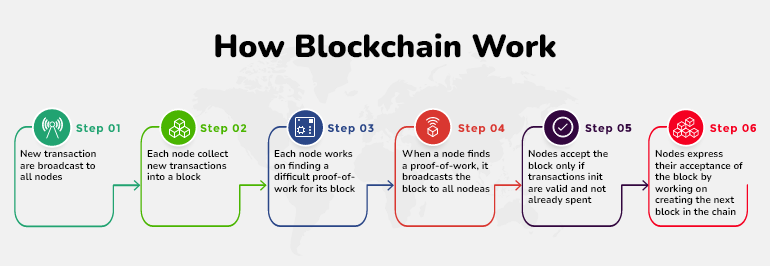
Before explaining how Blockchain apps work, let’s first understand how a Blockchain works. A blockchain is a network sharing all the data among its peers, as here, the data is stored chronologically in blocks. Hence, when a change is made in a blockchain network, such as a data exchange/transaction, it is automatically shared with all network members. Everyone has a record of this alteration on their devices. In blockchain technology, these blocks of data are usually stored in a chain, and after the data is added to this chain, it cannot be altered. Due to this very reason, it is almost impossible to steal or violate data from a blockchain.
The blockchain sets require a few gigabytes to a terabyte of storage space. As mobile devices lack so much space, Blockchain apps, also known as DApps, mostly function simply as a part of a chain. Now there are two types of blockchains based on the type of network:
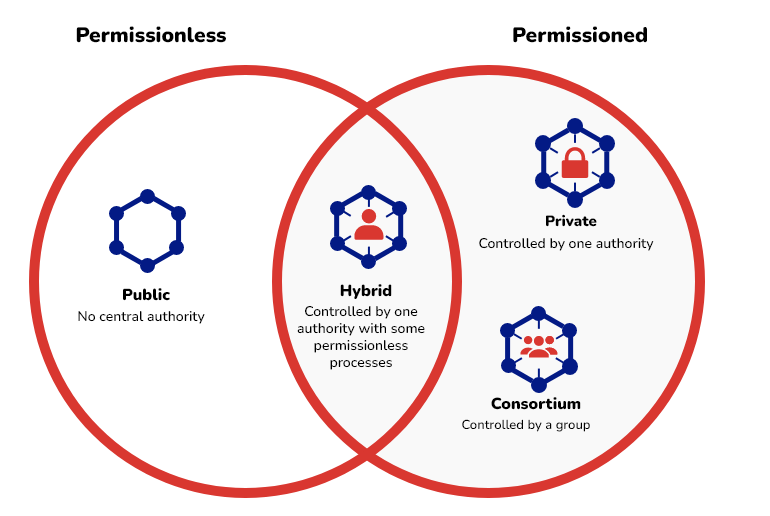
Permissionless Blockchain
This Blockchain can be accessed by all network members and any device. This type of Blockchain allows all the users to access code, verify the transactions, interact with others, and do all these activities while being anonymous. For instance, Bitcoin is an example of a permissionless blockchain type.
Permissioned Blockchain
This type of Blockchain enables only authorized participants, and here all the users have roles and are given permissions. A permissioned blockchain has rules regulating transactions between the network members, and this blockchain type is best to manage operations within the organizations.
Next, we discuss steps to develop blockchain applications:
- The first step involves broadcasting new transactions to all the nodes.
- In this step, each node collects new transactions into a block.
- This is the step where each node works to find a difficult proof-of-work for its block.
- As the node finds proof of work, it broadcasts the block to all the nodes.
- In this step, the nodes accept the block only when its transactions are valid and are not spent already.
- This is the step where nodes express their acceptance of the block by moving on to creating the next block in the chain. Here it uses the hash of the accepting block as the previous hash.
Next, it is time to explore how to proceed with developing a blockchain app.
Must Read: How to Get Started with Initial Coin Offering (ICO) Development?
How To Develop A Blockchain App?
The development process of blockchain apps is defined in a few simple steps:
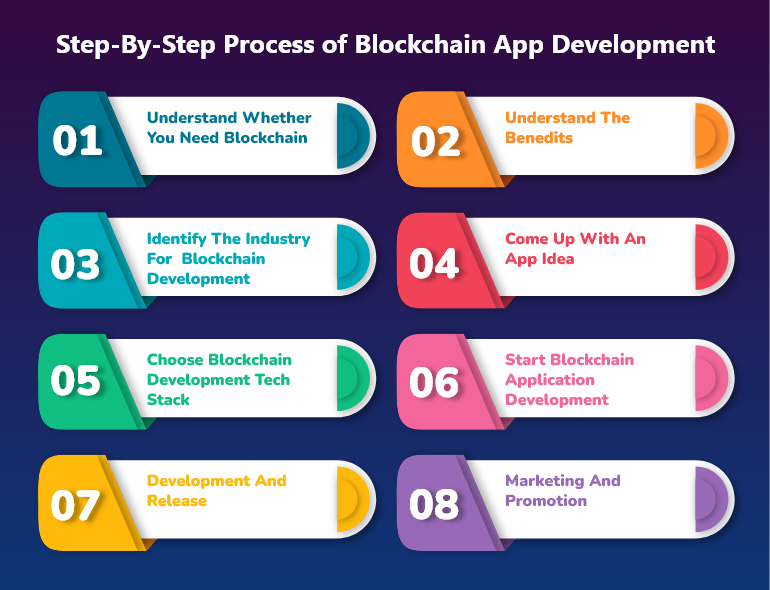
Have A Clear Idea
Any business and its product need to have a clear idea; in the same way, you must have a clear before starting with the blockchain app development. Despite Blockchain being a buzzword at the moment, a lot of businesses can do without it, as some tasks do not require the involvement of Blockchain. Hence, the first thing is to evaluate whether you need a blockchain. Think of the problems you desire to solve with your blockchain app, and then begin to formalize the idea.
Initiate Research On Your Competitors
Look at the present market and analyze the existing solutions. As the blockchain market is considerably new, you can easily find your niche and perform the same job better than your competitors.
Analyze The Options
From a technical viewpoint, there are four ways to create a blockchain app:
- You can use an open blockchain to develop your app. For instance, integrate your mobile solution with Bitcoin or Ethereum.
- You can use blockchain software to create a private network.
- You can select BaaS (Blockchain-as-a-Service) provider and integrate this cloud service into your blockchain app. Azure, Amazon, and Microsoft offer baaS products.
- Create your blockchain network on a platform that you find most suitable.
Select A Platform
If you are looking to pick a platform for your blockchain project, you have the following options:
- Ethereum: On this platform, you can create a blockchain app and create your ecosystem using a language known as Solidity. Ethereum also allows the creation of Smart Contracts.
- Hyperledger: Fabric’s platform is suitable as a corporate tool to exchange data within your own company. To create an app on Hyperledger, you will need a team of developers proficient in Java, Go, and JavaScript.
- R3 Corda: Corda is a platform used to create permissioned blockchains, and it can be easily integrated with legacy systems. This platform usually focuses on healthcare, commerce, supply chain, and trade finance.
- Ripple: Ripple is an ideal platform for businesses looking to create a financial tool. This platform enables sending money anywhere on this planet quickly and connects to banks & payment providers. Ripple is pretty fast and enables up to five transactions per second.
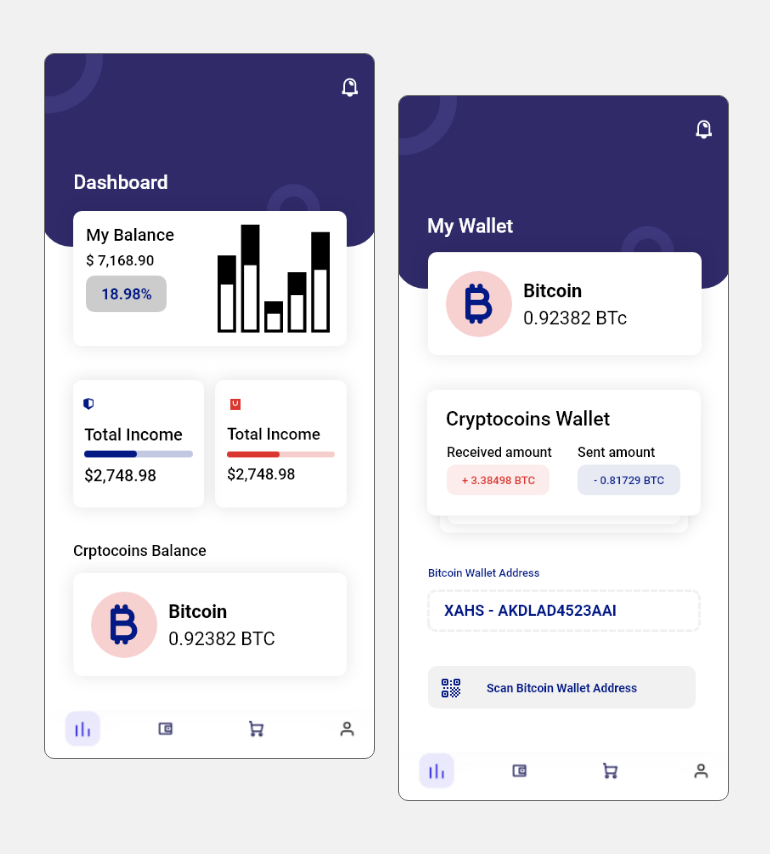
As per the platform selected to create the blockchain app, you will need to choose the skillset required from your development team. Several platforms enable developers to develop a blockchain app in conventional languages such as Kotlin, Java, C++, and JavaScript. Languages like Simplicity and Solidity are not that popular yet, and only a few blockchain app development firms offer developers such expertise. Hence, it is better to go with other common languages, which are very similar in Simplicity and Solidity.
Must Read: A Comprehensive Guide For EWallet Application Development
Begin With The Development Process
Certain aspects are to be considered as you start with the process of developing your Blockchain app:
- What platform and language are you choosing for your app project?
- What is the strategy for interactions and transactions among all nodes?
- What is your consensus mechanism?
The blockchain app development process also depends on whether you use a BaaS, connect to an existing block, or choose to create your Blockchain. The app development stages will comprise
- Analyze business: This is the first stage where the business analyst works on the expectations, requirements, and business goals during an interview and develops a technical specification. The document prepared by the business analyst will describe every detail of the app development process, starting from the people responsible for developing and communicating to libraries, frameworks, and operating systems.
- Designing: As per the app’s complexity, the design can consume from 8 percent to 20 percent of the total app development budget.
- Preparation stage: The development environment, backend, architecture, and APIs are set up.
- Development & Quality assurance: These two steps take place simultaneously. Before developing the app, the Quality Analyst will run a full regression test to check if everything is working correctly.
- Deployment: For an app to succeed, it must comply with all the rules & conditions of app stores. Once the app is deployed, it is essential to analyze both user analytics & performance data.
- Support & Maintenance: This stage consists of updates to frameworks, libraries, and operating systems, integrating new functionalities, and making changes to the app as per the current business requirements.
- Deploying and maintaining your blockchain app: Deployment is the final stage of the app development process. Once the product is ready, and all the final tests have been run, the app is then launched on the app stores. After deployment, you can collect data in your blockchain app and check people’s responses. Maintenance is also a crucial part of blockchain app development; after all, to maintain the app’s security and functionality, it is vital to update the app regularly so it supports new versions of operating systems (OS) and libraries.

What Are The Programming Languages Uses In Blockchain Development?
The tech stack to create a blockchain app depends on your business requirement and your app development team. You can pick from several programming languages for your blockchain app development; they are:
- C++
- Java
- Python
- Solidity
- C#
- Go
- Rholang
- Scilla
- Plutus
- Michelson
How Much Does It Cost To Create A Blockchain App?
There are several aspects to consider while estimating the cost to create a blockchain app, such as developing a blockchain app with an in-house team, hiring a freelancer, or hiring a third-party blockchain development firm.
Though it is impossible to get the exact cost to create a blockchain app, still to develop a basic blockchain app with a mobile app Development company might cost $5,000 to $20,000. Developing an advanced blockchain app with an Expert App Development company might cost $10,000 to $30,000

The cost of blockchain app development also depends on other factors, such as app complexity, type of the app, project management tools, app development team location, and 3rd party tool subscription costs.
It can be pretty expensive to work with an in-house team of developers, but it does offer more control over the development process. If software development is your core business, you can choose this path. However, hiring freelance blockchain developers can be cost-effective but quite risky. It is recommended to hire freelancers when the project is small, as in the case of big projects, the risk factors can increase as the project’s scope grows with time.
Read Also: A Complete Guide To NFT Marketplace Development
Working with an app development company is often a viable option when the project is big. And in the case of cryptocurrency exchange app development firms, they are experienced and beneficial in the development process. Compared to the in-house app development team, the cost of blockchain companies is lower, and the performance is impressive.
Are you looking for a blockchain app development company? In that case, at InventColabs, we have an efficient cryptocurrency app development team who can help you craft various blockchain apps, like bitcoin app development.
